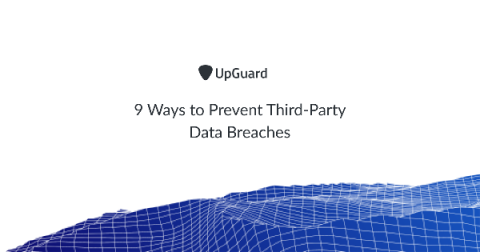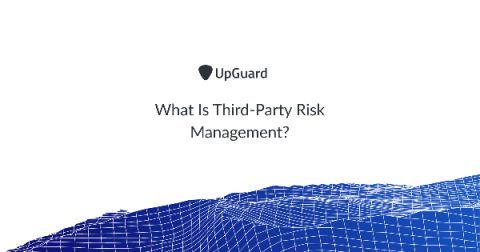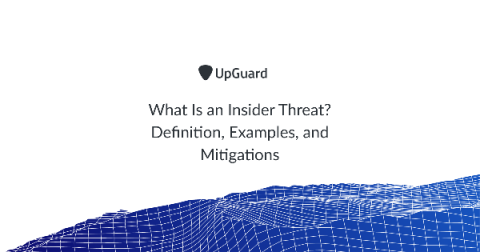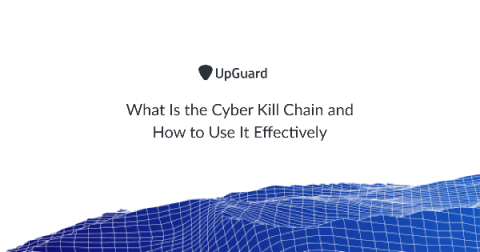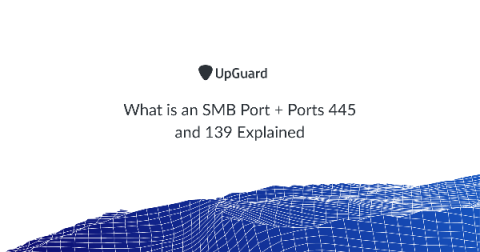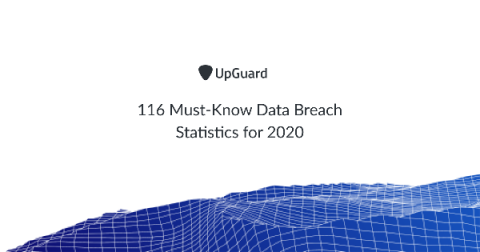Cybersecurity Risk Assessment Tools You Can Rely on Year-round
Traditional cybersecurity risk management remediation efforts start with cybersecurity risk assessments and penetration testing. This commonly involved outsourcing to a consultant who would offer the assessment as a standalone service or as part of a larger risk management program. The issue is cyber risk assessments offered by third-parties only provide a point-in-time assessment of your (or your vendor's) security controls, an inaccurate measure of the true level of risk.



